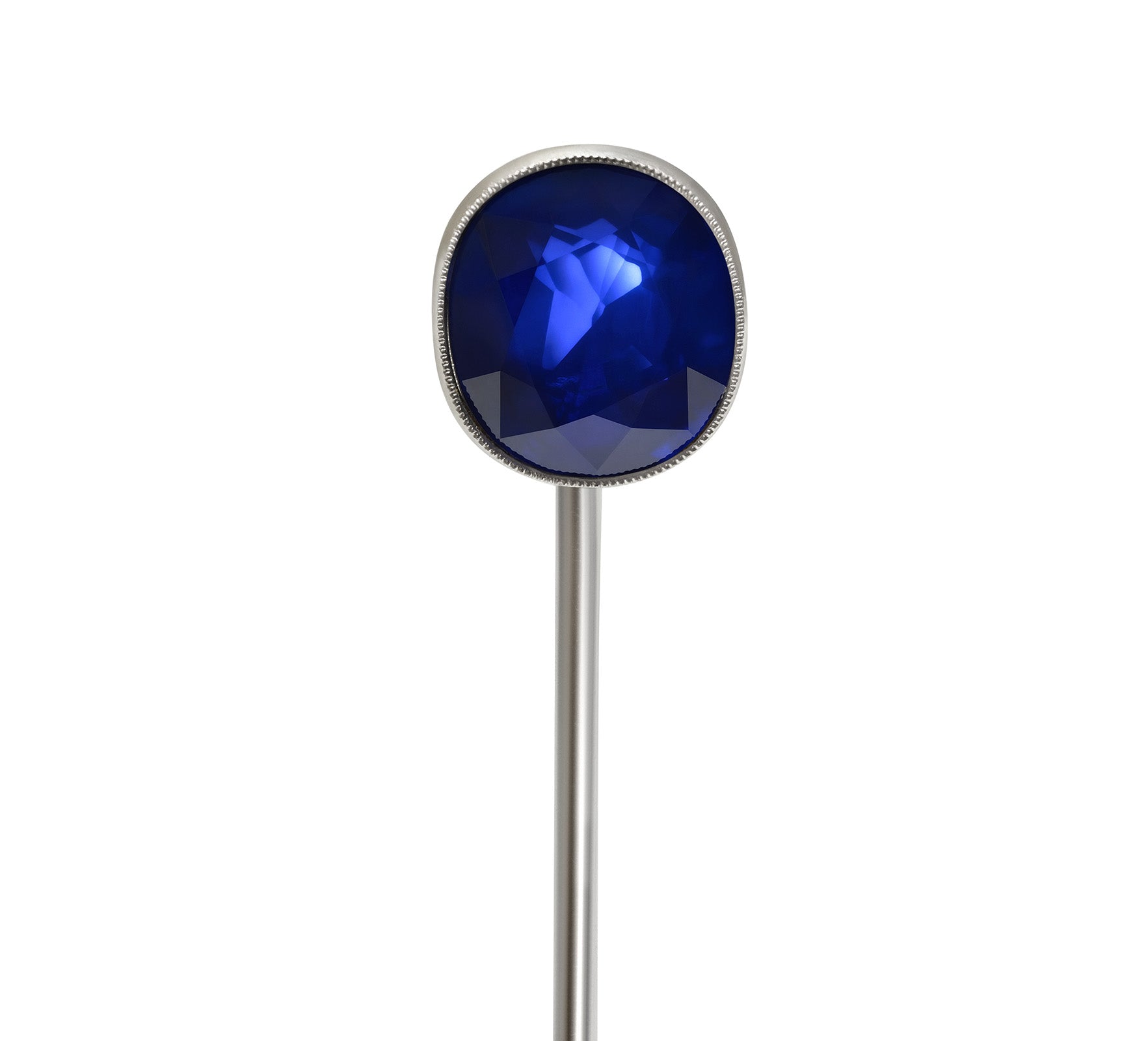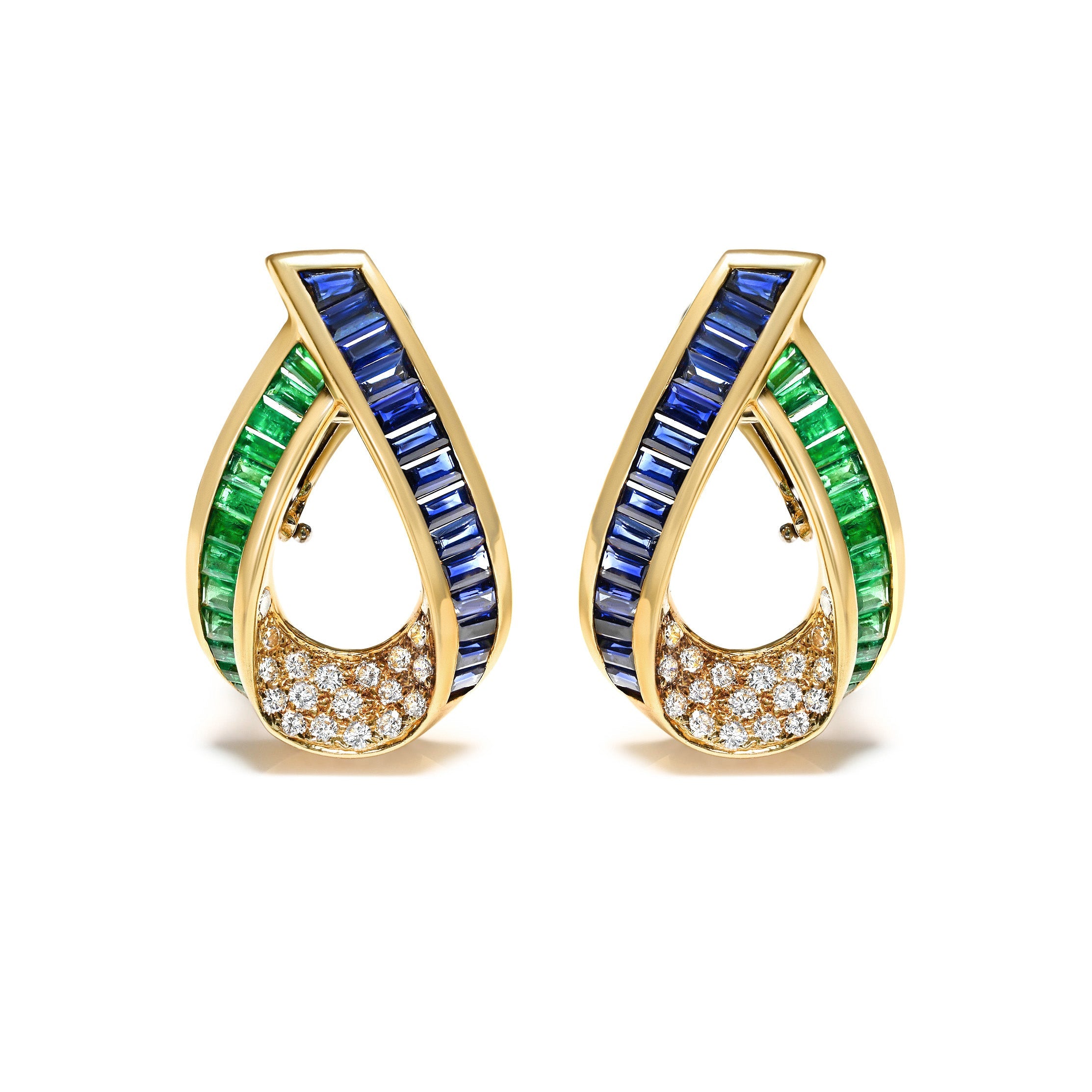The Jewelry of Cleopatra: Beauty, Mystery, and Symbolism
Cleopatra, the last pharaoh of ancient Egypt, is renowned not only for her grace and wit but also for her opulent taste in jewelry. Each piece she wore was rich with meaning and symbolism.
As one of the most significant figures of antiquity, Cleopatra's fame was largely due to her relationships with Roman General Mark Antony and Emperor Julius Caesar. A member of the Lagides dynasty, she was descended from Macedonian nobles who had ruled Egypt since the time of Alexander the Great in the 4th century BC.
Despite questions surrounding her maternal lineage, Cleopatra enjoyed a life of luxury, marked by the kingdom's wealth and the spoils of war.
The Jewelry of Cleopatra
Cleopatra's jewelry has long fascinated historians and collectors alike, who are eager to acquire pieces reminiscent of her era. She adorned herself with a diverse array of jewelry, from snake-shaped ornaments and scarab beetle pendants to lotus flower designs.
Pearls
No discussion of Cleopatra’s jewelry would be complete without mentioning her impressive collection of pearls. According to legend, Cleopatra demonstrated her love for Roman General Mark Antony by dissolving a pearl worth an astounding 10 million sesterces—an enormous sum in ancient Rome—in a glass of vinegar. This pearl, known as "the Incomparable Pearl," was famed for its size and value.
Snake-shaped Jewels
Among Cleopatra's most iconic jewelry designs was the snake bangle. In ancient Egypt, snakes symbolized protection, rebirth, and transformation. Cleopatra used snake bracelets, often crafted from gold or adorned with precious diamonds, as symbols of her royal power and as protective charms. The trend of wearing snake-shaped jewelry dates back to the Hellenistic era, where it was considered a symbol of fertility and immortality. During the Augustan period, these designs became a testament to the opulence and elegance of Eastern culture, embodied by Cleopatra herself.
The snake also held religious significance, being associated with the goddess Isis and the protective uraeus emblem worn by pharaohs. The notion that Cleopatra might have died from a snakebite is thought to be a symbolic tribute to her beauty and the dramatic end of Egypt's last queen.
The Scarab
Another of Cleopatra’s favorite pieces was the scarab beetle pendant. The scarab symbolized the rising sun, immortality, and resurrection. Cleopatra often wore these pendants, made from precious materials like carnelian or lapis lazuli, to signify her divine status and her connection to the gods.
The Lotus Flower
Cleopatra’s jewelry frequently featured the lotus flower, a symbol of fertility, rebirth, and purity in ancient Egypt. She wore lotus flower pendants and earrings as symbols of her powerful and productive reign.
Gemstones
In addition to these symbolic designs, Cleopatra had a fondness for jewelry set with precious stones such as sapphires, emeralds, lapis lazuli, and rubies. These gemstones, believed to possess magical properties, were worn as talismans and charms. Lapis lazuli, in particular, was highly prized for its deep blue color, used in cosmetics and art. Cleopatra's own stunning necklaces made from this exquisite stone have endured through the ages.
The Cleopatra Mines
Egyptian lands have been sources of emeralds for nearly three millennia. The ancient mines at Jebel Sik and Jebel Zabarah, located near the Red Sea, were significant sources of these precious gems. Following Alexander the Great's conquest of Egypt, Cleopatra and her dynasty took control of these valuable mines, which were hidden within the temple's guarded entrances.
The Cult Jewelry
Cleopatra, unique among her dynasty for her ability to speak Egyptian, sought to revive the ancient customs of her ancestors. This revival included creating worship objects, particularly jewelry set with rare stones like pearls, agate, carnelian, amethyst, quartz, bone, and mother-of-pearl. Such amulets and necklaces were believed to attract the favor of the Egyptian deities and provide protection. Many of these ceremonial pieces were used in burial rites and were considered sacred items that signified a belief in the afterlife.
For example, gold funeral necklaces with agate and lapis lazuli inlays, adorned with clasps representing Horus, were used in rituals described in the Book of the Dead. These necklaces symbolized the resurrection of the deceased as the sun.
The term "a-labaste" in ancient Egyptian, referring to white stone artifacts used in worship, likely denotes items used in the veneration of Bastet, the goddess of motherhood, domestic joy, and the sun's warmth.
In summary, Cleopatra’s jewelry was not only exquisite but also deeply symbolic. Through these designs, she conveyed her power, divine status, and connection to the gods. Her legacy of jewelry continues to inspire and captivate, with collectors eagerly seeking to add pieces reminiscent of Cleopatra's legendary adornments to their collections.
As one of the most significant figures of antiquity, Cleopatra's fame was largely due to her relationships with Roman General Mark Antony and Emperor Julius Caesar. A member of the Lagides dynasty, she was descended from Macedonian nobles who had ruled Egypt since the time of Alexander the Great in the 4th century BC.
Despite questions surrounding her maternal lineage, Cleopatra enjoyed a life of luxury, marked by the kingdom's wealth and the spoils of war.
The Jewelry of Cleopatra
Cleopatra's jewelry has long fascinated historians and collectors alike, who are eager to acquire pieces reminiscent of her era. She adorned herself with a diverse array of jewelry, from snake-shaped ornaments and scarab beetle pendants to lotus flower designs.
Pearls
No discussion of Cleopatra’s jewelry would be complete without mentioning her impressive collection of pearls. According to legend, Cleopatra demonstrated her love for Roman General Mark Antony by dissolving a pearl worth an astounding 10 million sesterces—an enormous sum in ancient Rome—in a glass of vinegar. This pearl, known as "the Incomparable Pearl," was famed for its size and value.
Snake-shaped Jewels
Among Cleopatra's most iconic jewelry designs was the snake bangle. In ancient Egypt, snakes symbolized protection, rebirth, and transformation. Cleopatra used snake bracelets, often crafted from gold or adorned with precious diamonds, as symbols of her royal power and as protective charms. The trend of wearing snake-shaped jewelry dates back to the Hellenistic era, where it was considered a symbol of fertility and immortality. During the Augustan period, these designs became a testament to the opulence and elegance of Eastern culture, embodied by Cleopatra herself.
The snake also held religious significance, being associated with the goddess Isis and the protective uraeus emblem worn by pharaohs. The notion that Cleopatra might have died from a snakebite is thought to be a symbolic tribute to her beauty and the dramatic end of Egypt's last queen.
The Scarab
Another of Cleopatra’s favorite pieces was the scarab beetle pendant. The scarab symbolized the rising sun, immortality, and resurrection. Cleopatra often wore these pendants, made from precious materials like carnelian or lapis lazuli, to signify her divine status and her connection to the gods.
The Lotus Flower
Cleopatra’s jewelry frequently featured the lotus flower, a symbol of fertility, rebirth, and purity in ancient Egypt. She wore lotus flower pendants and earrings as symbols of her powerful and productive reign.
Gemstones
In addition to these symbolic designs, Cleopatra had a fondness for jewelry set with precious stones such as sapphires, emeralds, lapis lazuli, and rubies. These gemstones, believed to possess magical properties, were worn as talismans and charms. Lapis lazuli, in particular, was highly prized for its deep blue color, used in cosmetics and art. Cleopatra's own stunning necklaces made from this exquisite stone have endured through the ages.
The Cleopatra Mines
Egyptian lands have been sources of emeralds for nearly three millennia. The ancient mines at Jebel Sik and Jebel Zabarah, located near the Red Sea, were significant sources of these precious gems. Following Alexander the Great's conquest of Egypt, Cleopatra and her dynasty took control of these valuable mines, which were hidden within the temple's guarded entrances.
The Cult Jewelry
Cleopatra, unique among her dynasty for her ability to speak Egyptian, sought to revive the ancient customs of her ancestors. This revival included creating worship objects, particularly jewelry set with rare stones like pearls, agate, carnelian, amethyst, quartz, bone, and mother-of-pearl. Such amulets and necklaces were believed to attract the favor of the Egyptian deities and provide protection. Many of these ceremonial pieces were used in burial rites and were considered sacred items that signified a belief in the afterlife.
For example, gold funeral necklaces with agate and lapis lazuli inlays, adorned with clasps representing Horus, were used in rituals described in the Book of the Dead. These necklaces symbolized the resurrection of the deceased as the sun.
The term "a-labaste" in ancient Egyptian, referring to white stone artifacts used in worship, likely denotes items used in the veneration of Bastet, the goddess of motherhood, domestic joy, and the sun's warmth.
In summary, Cleopatra’s jewelry was not only exquisite but also deeply symbolic. Through these designs, she conveyed her power, divine status, and connection to the gods. Her legacy of jewelry continues to inspire and captivate, with collectors eagerly seeking to add pieces reminiscent of Cleopatra's legendary adornments to their collections.
Cleopatra’s legacy, particularly through her opulent and symbolic jewelry, endures as a testament to her unmatched influence and cultural significance. Her adornments were not mere accessories but profound statements of power, divinity, and connection to the ancient Egyptian deities. The allure of her jewelry continues to captivate the imagination of historians, collectors, and enthusiasts alike, drawing admiration for their beauty and historical importance.
As we explore these remarkable pieces, we not only glimpse into the splendor of Cleopatra’s reign but also connect with the rich tapestry of ancient Egyptian culture and artistry. For those fascinated by historical elegance and symbolism, Cleopatra’s jewels offer a timeless and enchanting link to a bygone era.


















